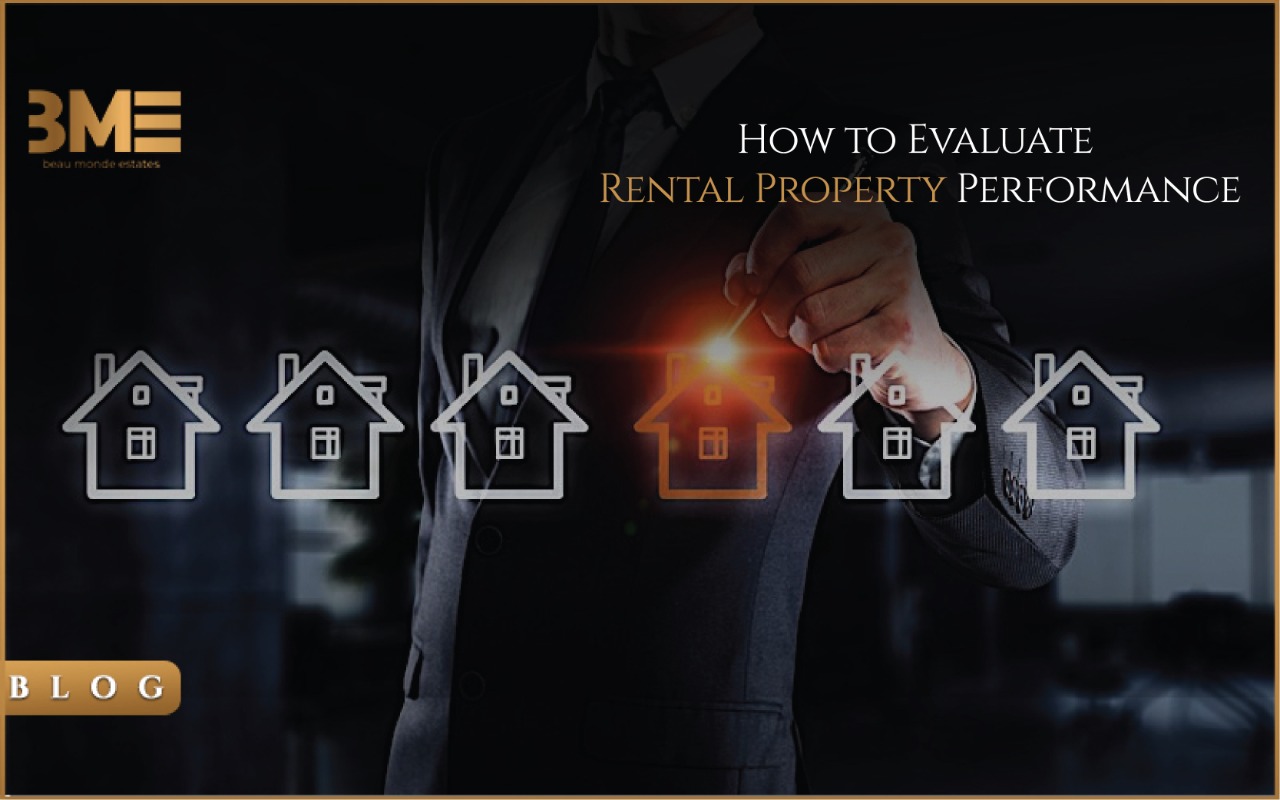How to Evaluate Rental Property Performance
-
Published On 29-Jul-2022

If you are a real estate investor then your task does not get done only by investing in a property and purchasing it. You are also bound to evaluate its performance and if its value is being appreciated or depreciated. And this is a necessary evil, particularly for people who tend to invest in rental properties.
So, BME is here with a list of factors through which you can evaluate the performance of your rental property.
Net Operating Income (NOI):
The first and foremost rule for evaluating a rental property’s performance through Net Operating Income is to exclude mortgage payments, and leave out the cost of acquisition while calculating it.
It refers to the estimated income that you can expect to earn after getting possession of a property.
Now, to calculate the NOI take that monthly income and multiply it by 12 and subtract your monthly income from the gained result. Don’t forget to exclude mortgage payments from the monthly expenses. The obtained result is your NOI.
Capitalization Rate:
Calculating the capitalization rate is one of the most reliable ways to compare different properties. However, while calculating the capitalization rate you don’t have to include the financing of property in it and you’ve to assume as if it were paid off.
Dividing the annual NOI by the investment price gives you the cap rate. A good capitalization rate lies somewhere between eight to twelve percent.
Cash-on-Cash (COC) Returns:
Cash-on-Cash Returns or CCR is based on the amount that you put into the investment for a certain property and helps you evaluate and compare different properties.
Target CCR is highly specific to the investor and depends upon a number of factors such as the investor’s purchase and investment strategies. Generally, the investors aim for a 10% CCR.
You can calculate CCR by dividing NOI by the investment cost.
Return on Investment (ROI):
A calculation of ROI allows you to compare the returns of several properties having different values.
For your annual return, add together your cash flow and principal payment, then multiply by 12. Then divide this calculated annual return by the total invested amount and the result of this calculation will be your ROI.
The One Percent Rule:
One Percent Rule enables you to estimate whether a certain property will be able to pay off your invested cost and if so then in how much time. This rule enables you to compare different properties and invest in the best.
Generally, if a property meets the One-Percent Rule, the monthly rent should equal at least one percent of the purchase price, including any repairs needed to make the property rentable.